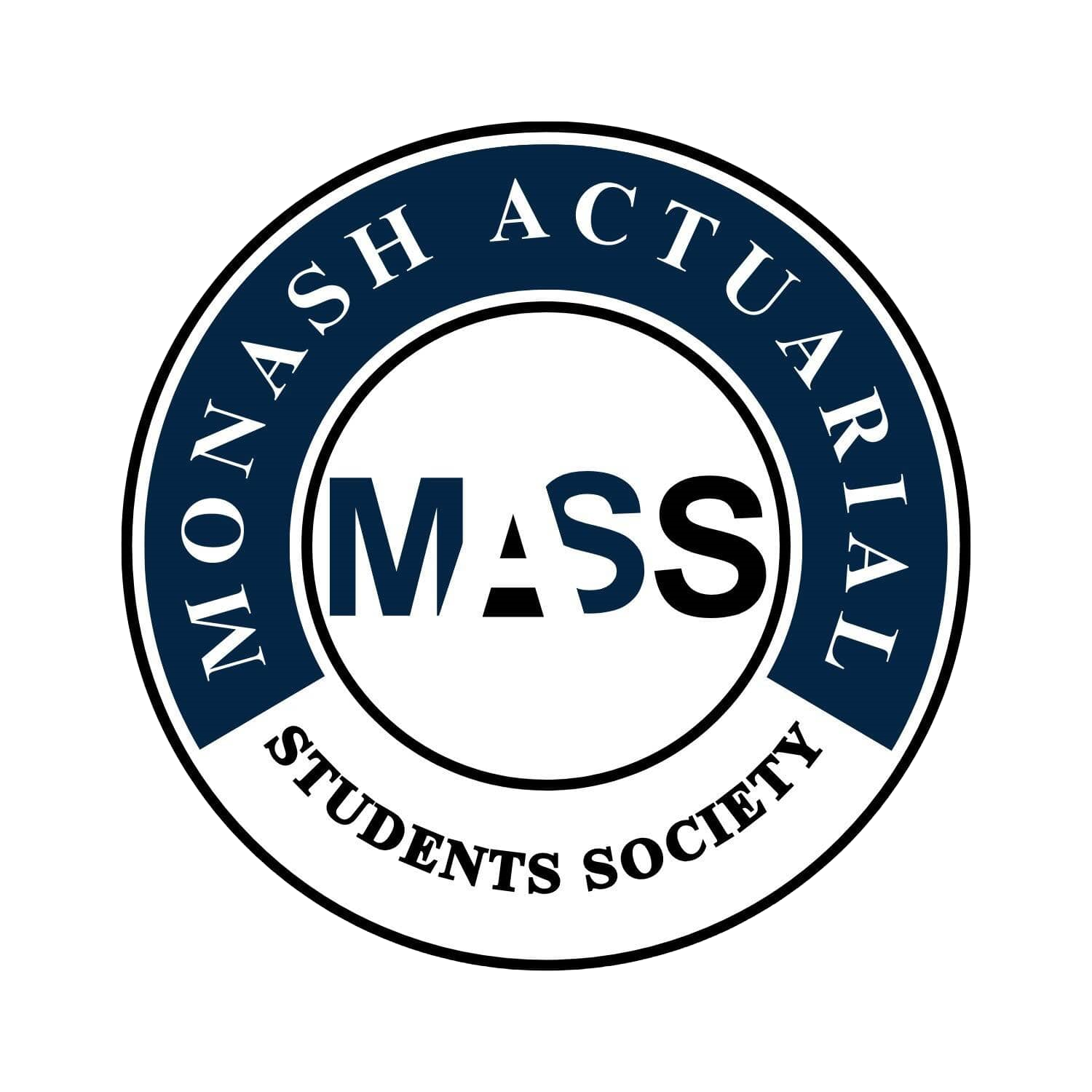ETC3420 / ETC5342 Applied Insurance Methods (2022)
Difficulty:
Year Completed: Semester 2, 2022
Prerequisite: ETC2420 or ETC2520
(or MTH2222)
Exemption:
CS2 Risk Modelling and Survival Analysis
ETC2420 (10%), ETC3420 (20%), ETC3430 (50%), ETC3550 (20%)
CM2 Financial Engineering and Loss Reserving
ETC3420 (20%), ETC3460 (25%), ETC3520 (55%)
Weighted average of 70% required. Minimum of 60% required for each unit.
Mean Setu Score: 49.47%
Clarity of Learning Outcomes: 41.94%
Clarity of Assessments: 48.39%
Feedback: 29.03%
Resources: 48.39%
Engagement: 80.65%
Satisfaction: 48.39%
Subject Content:
Lecture(s) and Tutorial(s):
Textbook(s):
Assessments:
This unit covered risk distributions, individual risk models, collective risk models, ruin theory, premium principles, claims reserving, extreme value theory and copulas.
1 x 2 hour lecture
1 x 1.5 hour tutorial
No textbooks were required.
CM2 Core Reading for Institute of Actuaries UK and CS2 Core
Reading for Institute of Actuaries UK - Both are very much relevant
for the unit, with useful notes and questions that serve as an
extension to the tutorial questions.
Quiz 20%
Individual Assignment 20%
Final Exam 60%
Comments
This unit was a challenging unit which drew upon skills learnt in previous units. Nevertheless the unit offers practical and engaging concepts that are applied extensively in the general insurance industry. It serves as an essential tool for the acquisition and application of methods which are relevant for future work. in the insurance industry
The lectures entail a comprehensive presentation of lecture slides, with the lectures for the unit being divided across two different lecturers. Coupled with the CM2/CS2 texts, these provide sufficient resources for achieving high performance. It is advisable to engage in numerous questions to gain a complete understanding of the unit's content and smoothly navigate the exams.
The tutors generally go through tutorial questions from the past week in the tutorials and the tutorial solutions are posted at the end of the week. The tutorials are beneficial to attend as the tutors provide additional explanations to the tutorial questions, as well as offer students the opportunity to ask questions.
The assignment was very doable but required some level of knowledge in R to complete it. However with aspects of the code being provided and explained within the lectures, good results in the assignment were definitely achievable.
Similarly, the quiz was a multiple choice quiz based on tutorials and therefore was somewhat easy to do although there was time pressure and it was closed book, making it harder to complete.
The exam was subject to time constraints, which added a level of difficulty to the already closed-book format, which required students to memorise various formulas. Some of the questions required a higher degree of problem solving relative to the tutorial questions which posed some difficulties, however a calculator was allowed in the exam to assist students.
Overall, this unit was a typical third year actuarial unit. It covered industry relevant topics and draws on a strong mathematics knowledge. In particular the assignment gave an insight into work conducted in general insurance.This unit should not be taken lightly but a good mark is more than achievable if you stay up to date with the content.
General Overview:
Lectures:
Tutorials:
Assessments/Other Assessments
Exam
Concluding Remarks

